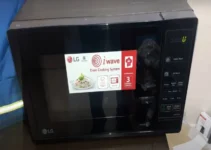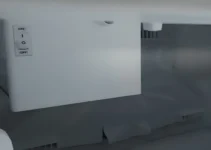Are you facing an issue where your freezer is warm but fridge is cold? There are a few potential causes for this annoying issue. But thankfully, there are some possible reasons and simple solutions that can help get your appliances back on track.
If your freezer is warm but fridge is cold, this usually happens due to a faulty thermostat, damper, or power supply. To fix the issue, refer to the refrigerator owner’s manual to read the thermostat and damper fault codes, inspect the parts and replace them if needed. If the issue persists, plug the refrigerator into another power source and change the power cable.
In this article, we’ll discuss why your freezer is warm but fridge is cold and what parts are malfunctioning that need troubleshooting or replacing to fix the issue.
Why is my fridge cold but freezer warm?
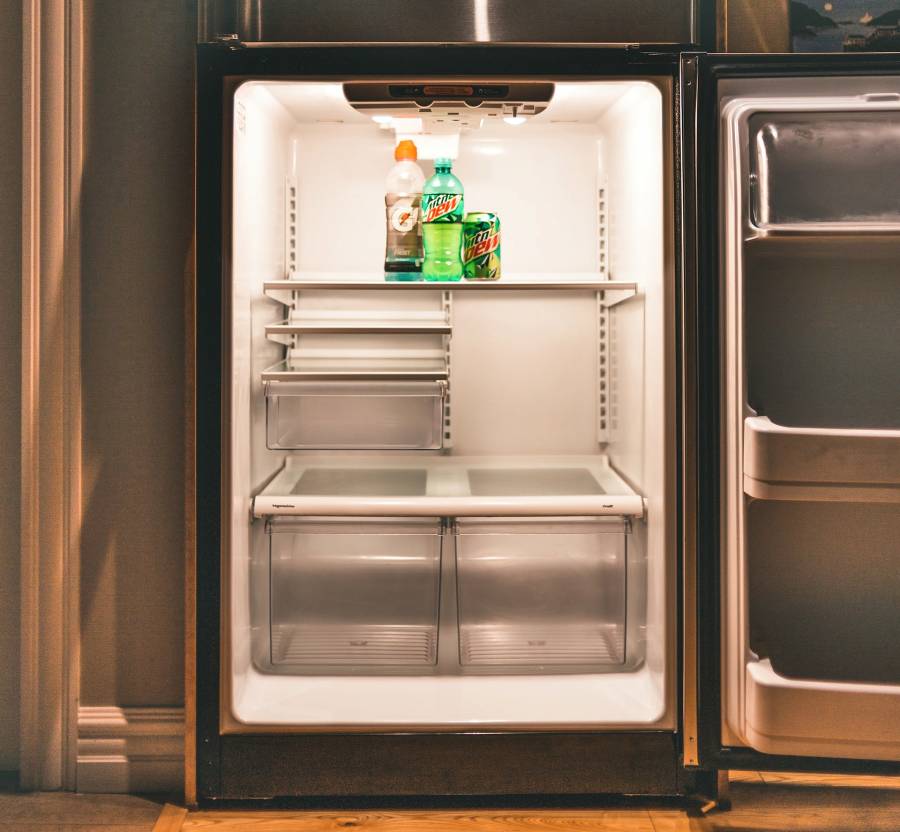
If your freezer is warm but fridge is cold, it could be due to a faulty thermostat, damper, power supply, evaporator motor fan, or gasket. You can also experience this issue when the evaporator coils are dirty or an issue with the defrost heater or defrost timer.
Faulty Thermostat
The thermostat controls the temperature inside your refrigerator. If not working correctly, it cannot maintain a consistent temperature resulting in the freezer being too warm and the fridge too cold.
The temperature inside your refrigerator is monitored by a temperature sensor, also known as a thermistor, if it has an electronic control board. This component is often found close to the air intake, and it takes the form of a container encased in plastic and has two wires connected to it.
The data obtained from the sensor’s resistance to temperature regulate the functioning of the fans, the compressor, and maybe the damper as well.
Therefore, a broken or malfunctioning sensor would not signal the control board that tells it to switch on the fan and the compressor.
Bad Damper
The key problem with a bad damper is that it can cause your fridge to be too cold or your freezer to be too warm. This is because the Airflow in your refrigerator is not circulating correctly, which can lead to these temperature issues.
When your Airflow is causing your fridge to be too cold, it may be due to a problem with the condenser coils. If the coils are not clean, they cannot dissipate heat properly, and your fridge will get too cold.
Dirty Evaporator Coils
It is possible there may be a problem with the evaporator coils of your refrigerator. These coils help circulate the air inside the fridge and keep it functioning properly.
Power Supply Issues
The faulty refrigerator power supply might result in your freezer or fridge that is too warm or cold.
This can happen if the power outlet is not providing enough power or if there is a problem with the power cord.
Faulty Evaporator Fan Motor
The evaporator fan motor’s job is to make sure that the air is moving correctly throughout the refrigerator and the freezer. If it fails, the air within the freezer will not circulate as it should, and the temperature inside the freezer may rise to an unsafe level.
Faulty Gasket
A damaged gasket is one of the most often occurring causes of an overly warm freezer and cold fridge.
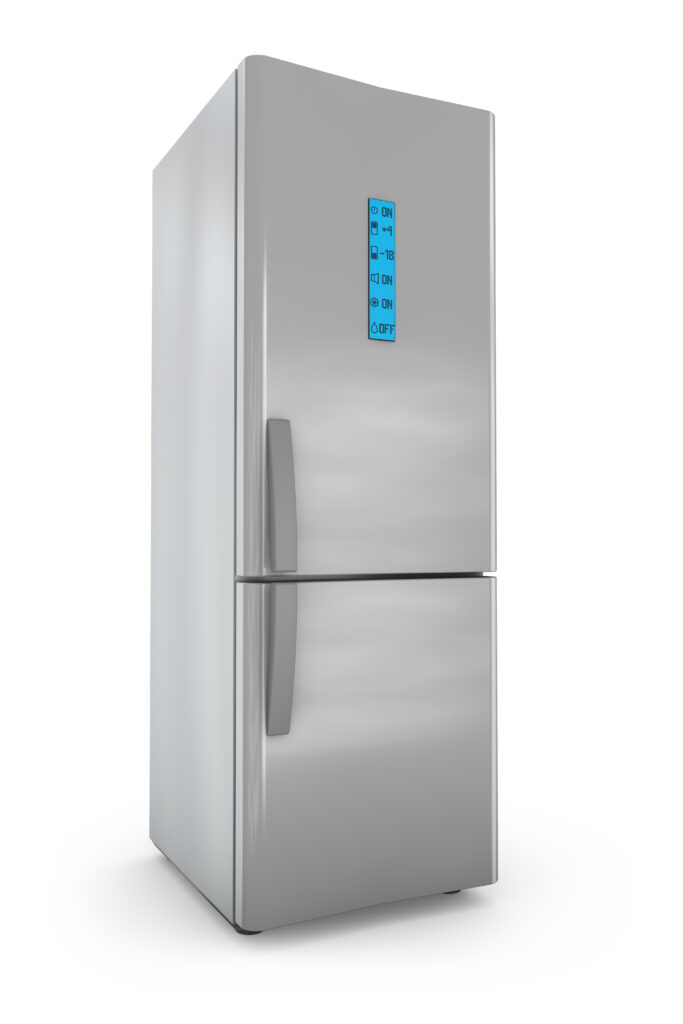
The gasket is the seal around the door that keeps the cold and warm air in. If the gasket is damaged or not sealing correctly, it can cause the freezer to be too warm.
Defrost Heater And Defrost Timer Issues
Below the evaporator coils is the defrost heater, which is composed of a wire housed inside a tube made of either aluminum or glass.
As soon as the defrost process begins, the defrost heater turns on, instantly melting the ice and frost that has built on the evaporator coils. However, if the circuit goes bad, it may result in the freezer is warm but fridge is cold issue.
Another possibility is that if the defrost timer is faulty, it may not move into the defrost cycle or transmit power to the defrost heater but not when it is amid the defrost cycle.
To defrost the evaporator coils and eliminate any ice that may have developed there, the defrost timer routinely triggers the defrost heater during the day. If the system fails, ice will continue to build up on the evaporator coils, requiring the refrigerator to exert greater effort to remove heat.
As a result, the refrigerator’s inside temperature may be unsafe, causing the freezer to get too and the fridge too cold.
What To Do When Freezer Is Warm But Fridge Is Cold?
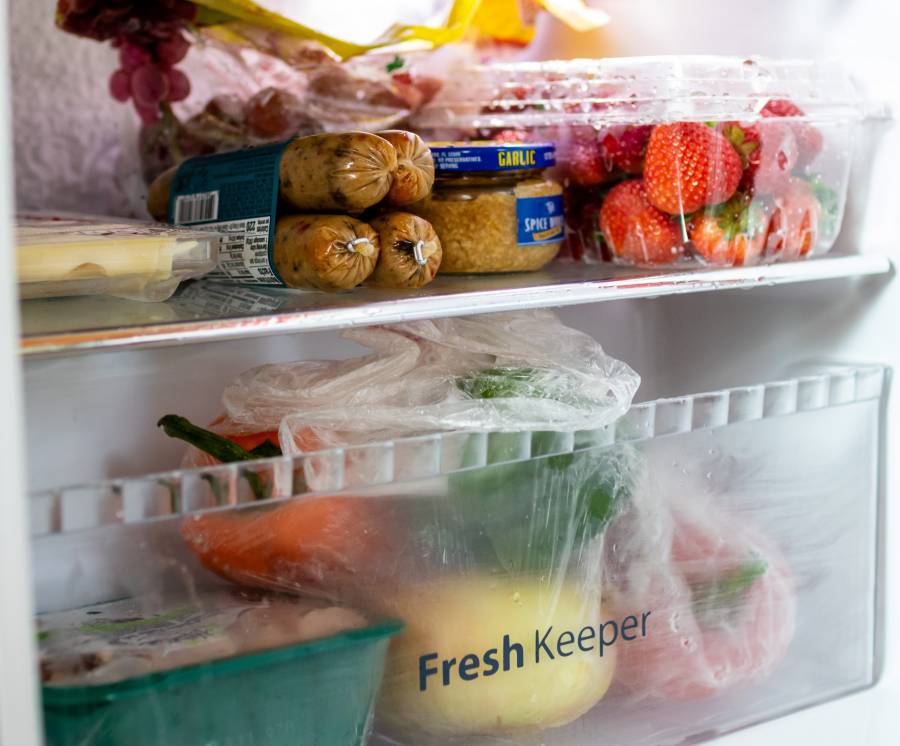
If your freezer is warm but fridge is cold, try the following solutions before consulting with an appliance repair shop.
Check Thermostat Fault Code
If you have a thermostat fault code, you can discover a diagnostic technique for identifying faults in the temperature sensors by consulting your owner’s handbook or the manufacturer’s website.
You can still locate a diagnostic procedure in the manual if you do not have a fault code.
Test Damper
The next solution is to check the damper to see if it can regulate airflow, gas, or other fluids.
First, remove any obstacles like debris or rust that might be blocking the damper’s movement and causing it to be stuck in an open or closed position. If this doesn’t help, apply a little lubricant to the pivot points and slightly jerk it back and forth to resume movement.
You can also consult the owner’s manual to play with the damper settings and see if this fixes the issue.
Clean Evaporator Coils
Another way to resolve the issue is to use a brush or a vacuum to clean the coils. If the coils are still not working correctly, you may need to replace them.
Troubleshoot Power Supply Issues
If you suspect the power supply is the culprit for the freezer and fridge being too warm and cold, unplug the appliance and check the outlet. If the outlet works appropriately, plug the appliance back in and check the power cord.
The power cable must be replaced if it is damaged.
Check Evaporator Fan Motor
First, make sure that the evaporator fan motor is receiving power. If the power cord is unplugged, the evaporator fan motor will not be able to operate.
Next, check to see if the evaporator fan motor is seized. Try to rotate the blades of the fan by hand. The motor should be replaced if the fan blades are stuck and cannot revolve freely.
In addition, the motor should be replaced if you hear abnormally high noise coming out of it.
Replace Faulty Gasket
To check if the gasket is the problem, open the fridge and freezer doors and see if there is a gap between the door and the frame. If there is, then the gasket needs to be replaced.
Replacing the gasket is usually a fairly easy and inexpensive fix for various refrigerator problems.
Troubleshoot Defrost Heater & Defrost Timer
The last thing you can try is to conduct a continuity test on the defrost heater. To do this, disconnect the refrigerator and then remove the evaporator cover from the rear of the freezer compartment.
After you have found the heater tube (or tubes), use a multimeter to check whether there is continuity in the circuit. Also, gradually move the dial into the defrost cycle to test whether the defrost timer is functioning correctly.
If all goes well, the heater should be turned on, and the compressor should be turned off.
Showing that the defrost timer is not progressing is the fact that the timer does not transmit electricity to the defrost components or advance out of the defrost cycle within thirty minutes.
So it is necessary to change the defrost timer if it does not advance to fix your problem.
Conclusion
In this article, we’ve discussed why your freezer is warm but fridge is cold, and now you better understand the potential causes of this issue and possible solutions.
Remember, if you are still experiencing problems with your refrigerator after trying these tips, please reach out to one an appliance repair specialist for further assistance.


